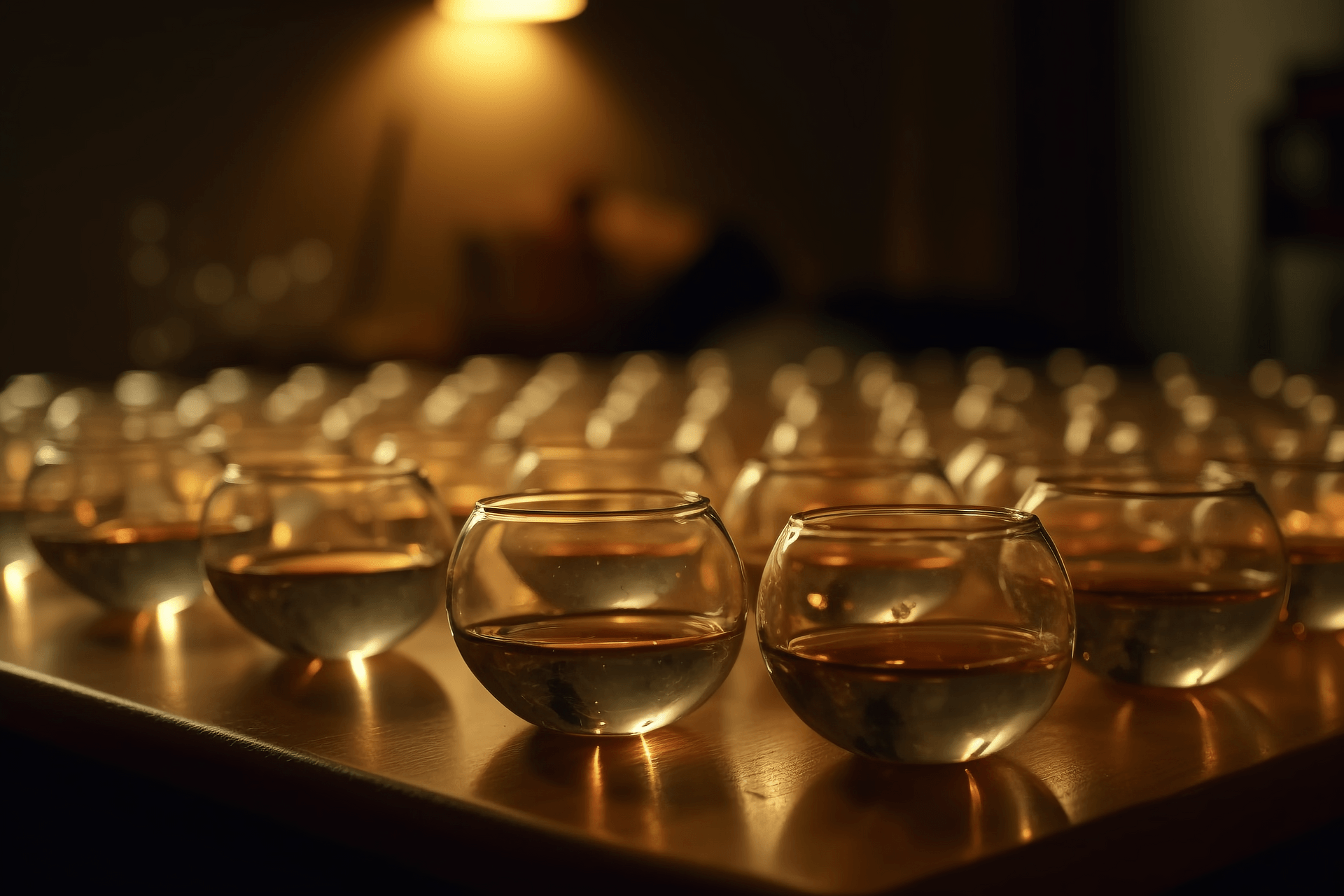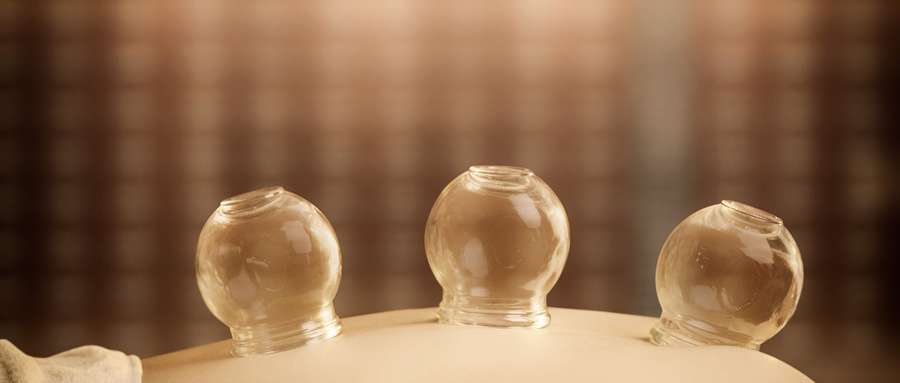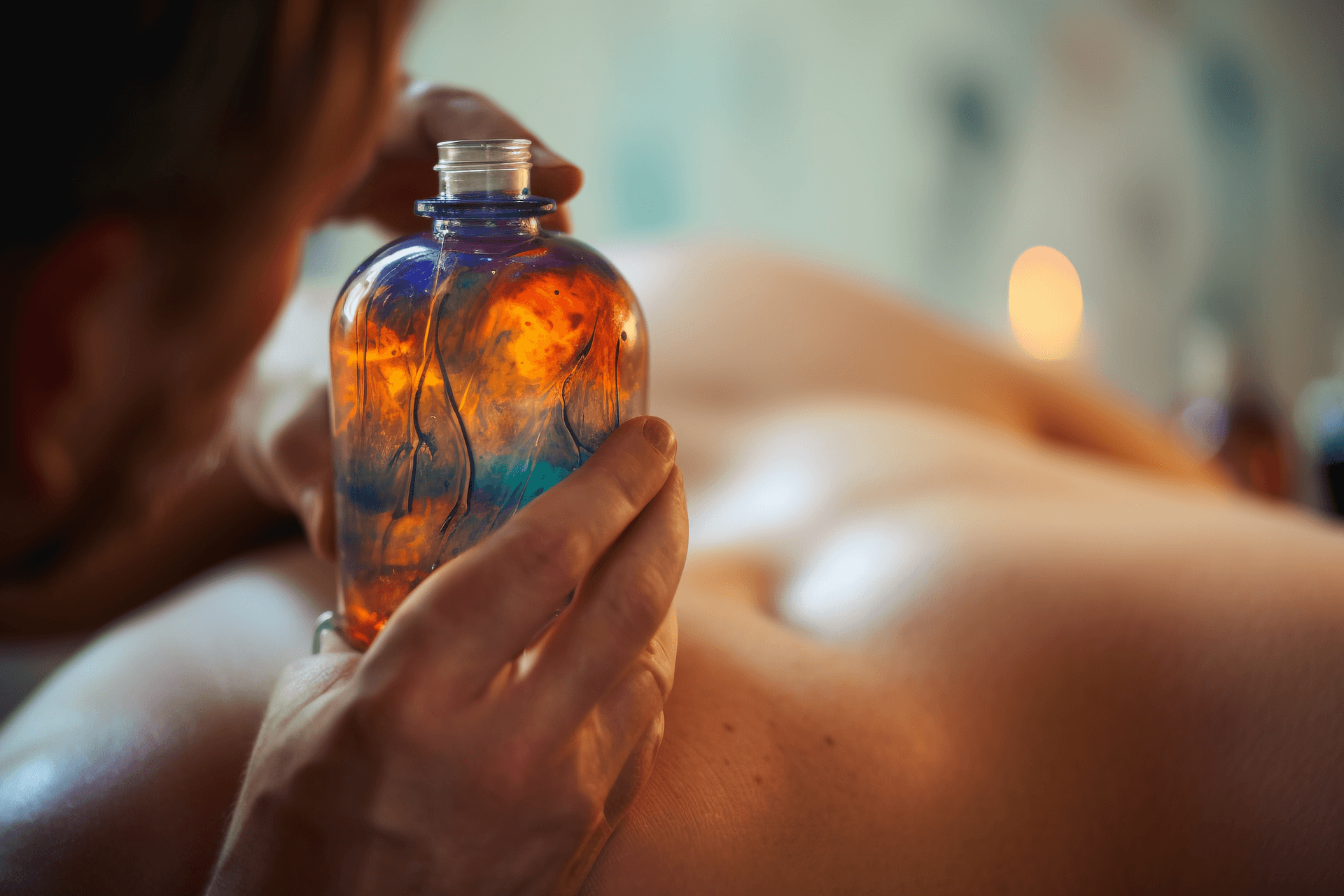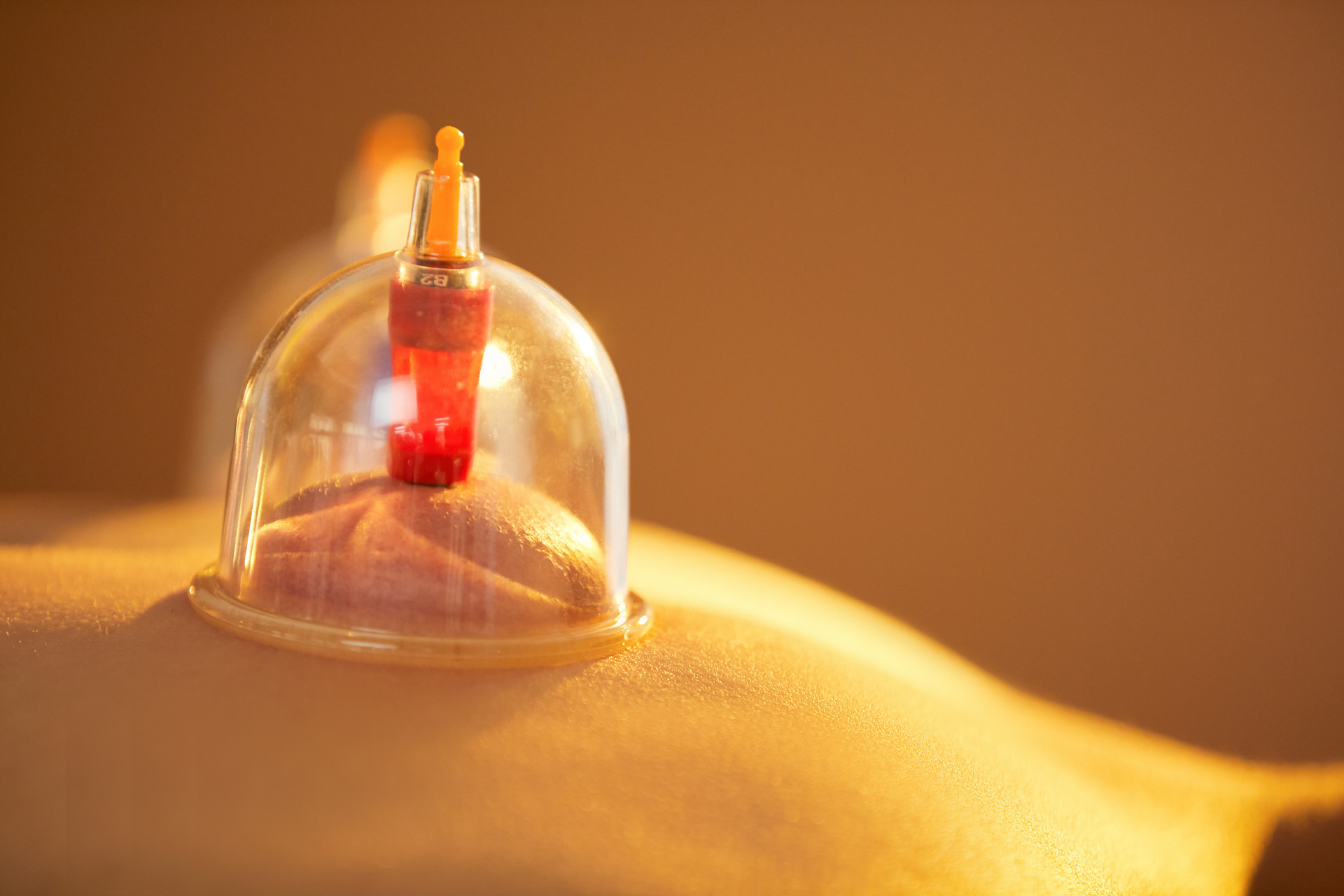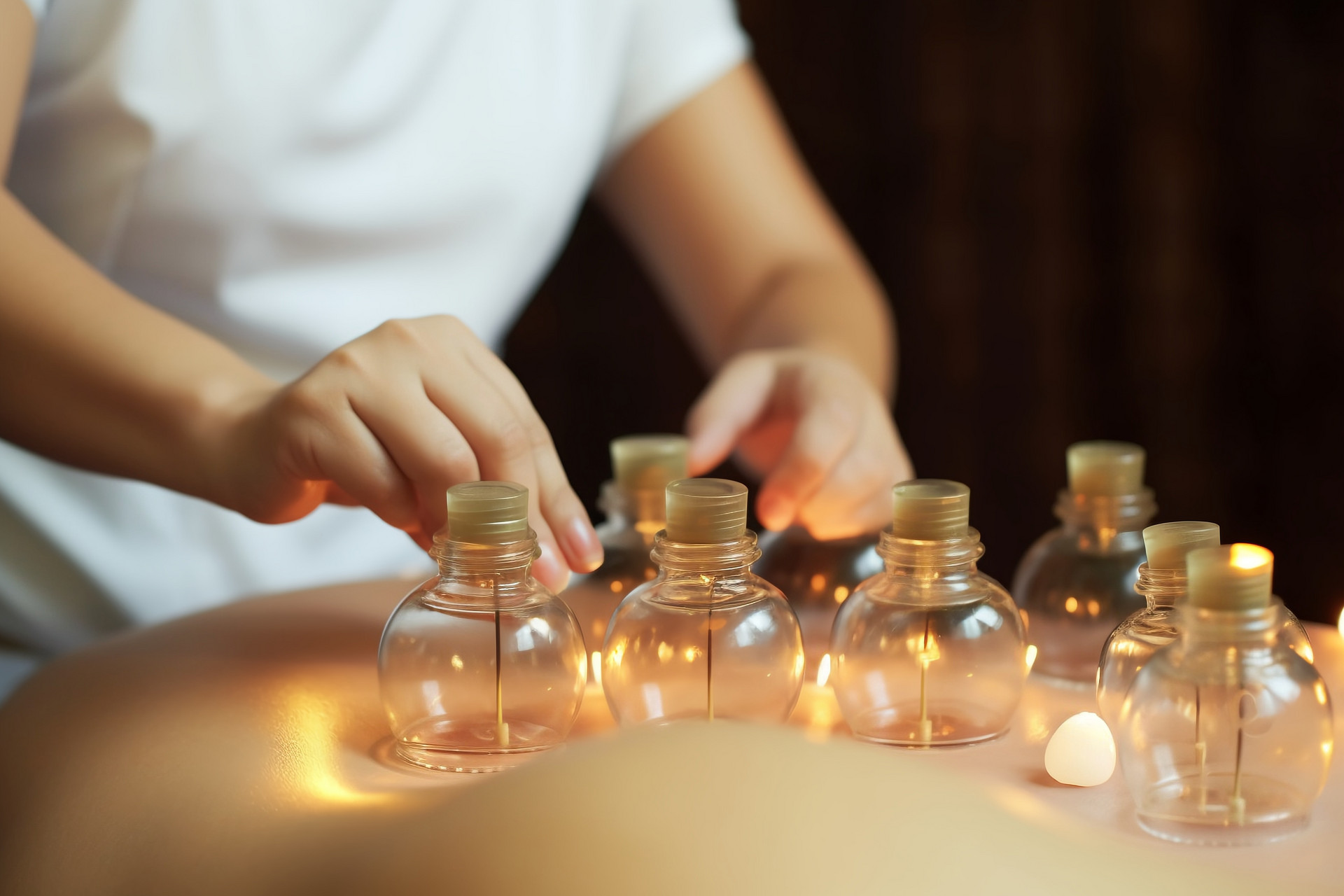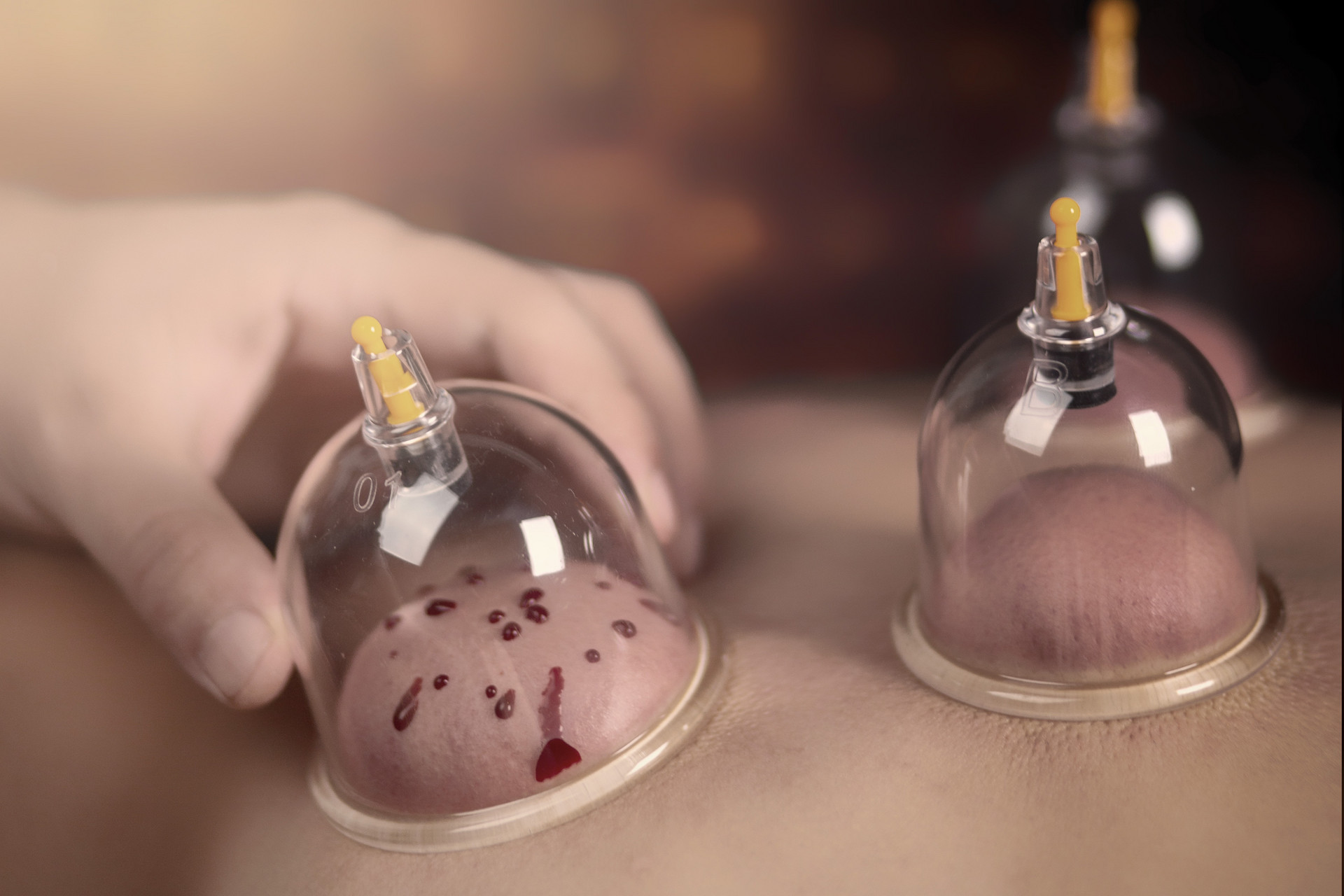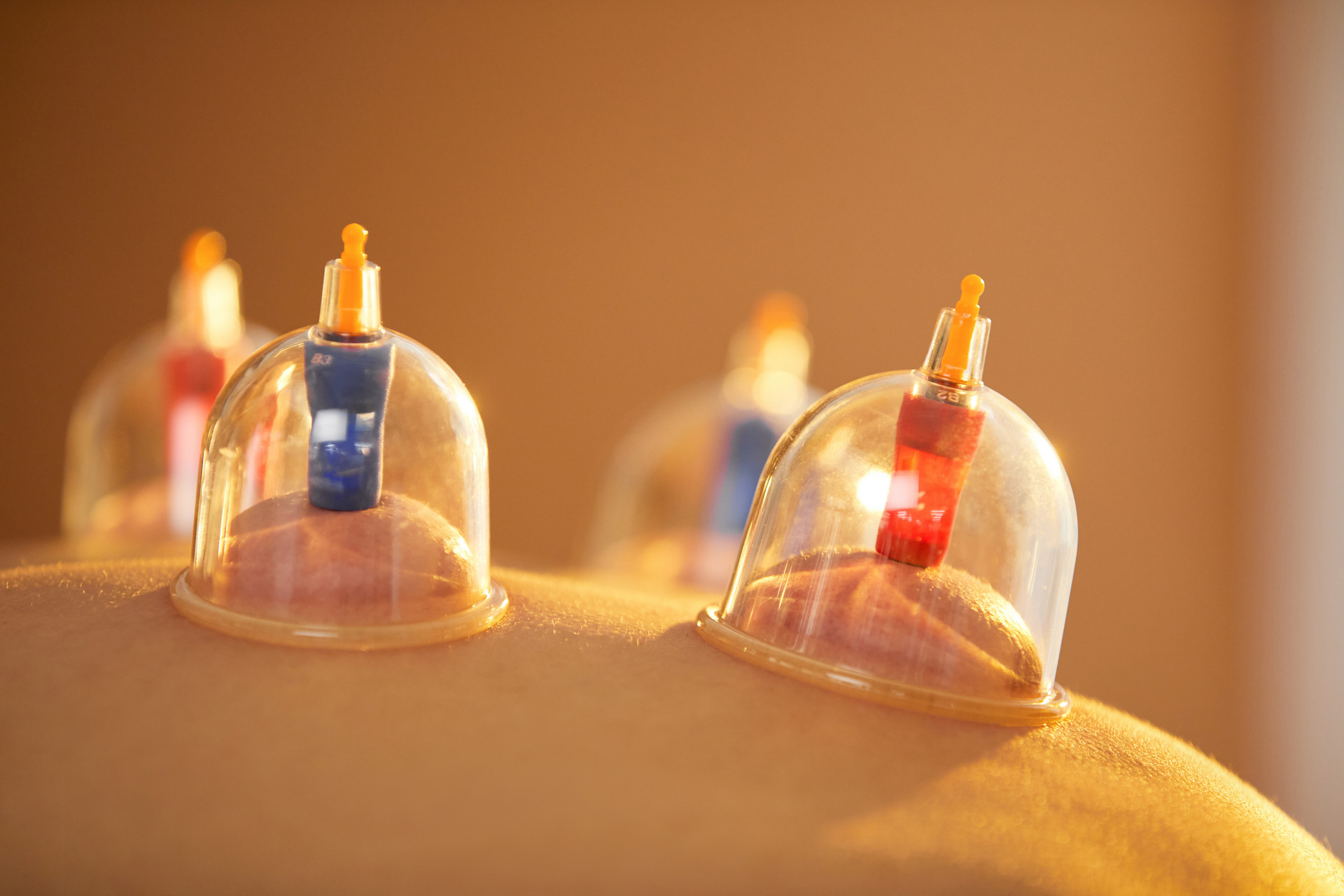Cupping therapy is a method of using cups as tools to apply negative pressure to the skin, by removing the air inside and creating a vacuum. The cups are first lubricated and then placed on the skin, and then the cups are moved back and forth over the affected area, causing the skin to turn red or bruise. Cupping therapy combines the effects of moxibustion, cupping, scraping, massage, and medication, and has a comprehensive effect on the whole body, achieving the goal of treating diseases and improving overall health.
Methods and Classification of Cupping
Cupping is suitable for areas with large surface areas and thick muscles, such as the back, waist, hips, and legs. It is best to use the flash fire method for cupping. During cupping, a layer of lubricant such as Vaseline is applied to the area, and then the cup is placed and the practitioner uses their right hand to hold the bottom of the cup, slightly tilting it and applying pressure to the back half of the cup while slightly lifting the front half. The cup is moved back and forth using pushing techniques (the direction of cup movement follows the distribution of muscles or meridians, such as moving up and down for the back, moving along the ribs for the chest, and rotating for the limbs and abdomen). The cup is only removed when the skin in the cupping area becomes red, congested, or bruised. There are two specific methods: local cupping and meridian cupping.
Local cupping focuses on the area of the disease and involves smaller rotations in the up, down, left, and right directions. For example, for shoulder periarthritis, slow clockwise and counterclockwise rotations can be performed on the shoulder.
Meridian cupping focuses on the meridians associated with the disease and involves a larger range of cupping along the meridians. For example, for lumbar muscle strain, cupping is performed along the Du meridian and bladder meridian that pass through the waist.
Benefits of Cupping
Cupping therapy can help dispel cold and dampness, promote meridian circulation, eliminate stasis, activate qi and blood circulation, reduce swelling and relieve pain, detoxify and clear heat. It can also adjust the balance of yin and yang in the body, relieve fatigue, and enhance physical fitness, thus achieving the goal of treating diseases and improving overall health. Cupping therapy can be widely used for various conditions such as poor meridian and blood circulation, dysfunction of organs, and external ailments such as back pain, shoulder periarthritis, sciatica, cold and fever, hypertension, bronchitis, asthma, chronic gastritis, and acne, with significant effects.
According to modern research, cupping therapy can improve blood and lymph circulation, enhance the function of tissues and organs, increase cell activity, improve immune function, promote metabolism and detoxification, improve the internal environment, increase the pain threshold and pain tolerance of local tissues, thus maintaining a normal body state, delaying aging, and keeping the body in a state of vitality.
Back Cupping Method
Back cupping is the most commonly used method of cupping therapy in clinical practice. It belongs to meridian cupping and includes cupping along the bladder meridian and Du meridian. The back, also known as the spine or backbone, is not only wide and powerful, but also an important area for the nervous system, meridian system, immune system, and overall health. The spine in the middle of the back is the pathway of the Du meridian, which governs all yang meridians in the body and plays a crucial role in commanding, regulating, and connecting other yang meridians. The bladder meridian on both sides of the spine connects the whole body, and there are corresponding response points for the viscera and organs on its back transport points. Pathological changes in the function of the viscera and organs can be reflected on the back transport points. Back cupping therapy is widely used in the treatment of many diseases:
Respiratory system diseases such as cold, fever, cough, and asthma. Back cupping can directly affect the points such as lung transport, wind gate, great vertebra, dingchuan, and kidney transport, stimulating yang qi, promoting the circulation of meridians and qi, and expelling pathogenic factors such as wind, cold, dampness, and heat.
Digestive system diseases, such as poor digestion, loss of appetite, and diarrhea caused by spleen and stomach weakness. By stimulating the back transport points of the spleen, stomach, liver, and gallbladder, cupping can regulate the qi circulation of the spleen, stomach, liver, and gallbladder and adjust the function of the organs.
Ophthalmic diseases, such as acne, red and swollen eyes, chalazion, and oral ulcers. Excessive internal heat often affects the yang positions, and ophthalmic diseases are mostly caused by excessive internal heat disturbing the clarity of the mind. Back cupping can remove stagnation of fire from the body, and adjust the balance of yin and yang in the meridians.
Soft tissue diseases, such as back and waist muscle strains caused by wind, cold, dampness, or overexertion. Cupping can effectively dispel wind, cold, and dampness, promote meridian circulation, activate collaterals, and relieve pain.
It should be noted that after cupping, patients should keep the treated area warm to avoid exposure to wind and cold. In general, after extensive cupping (such as back cupping), it is recommended to avoid bathing for 24 hours. After removing the cups, any remaining lubricant can be wiped off with a clean cotton ball or tissue, and it is advisable to drink a cup of warm water to replenish body fluids and enhance the effects of promoting blood circulation, removing toxins, and facilitating detoxification.


